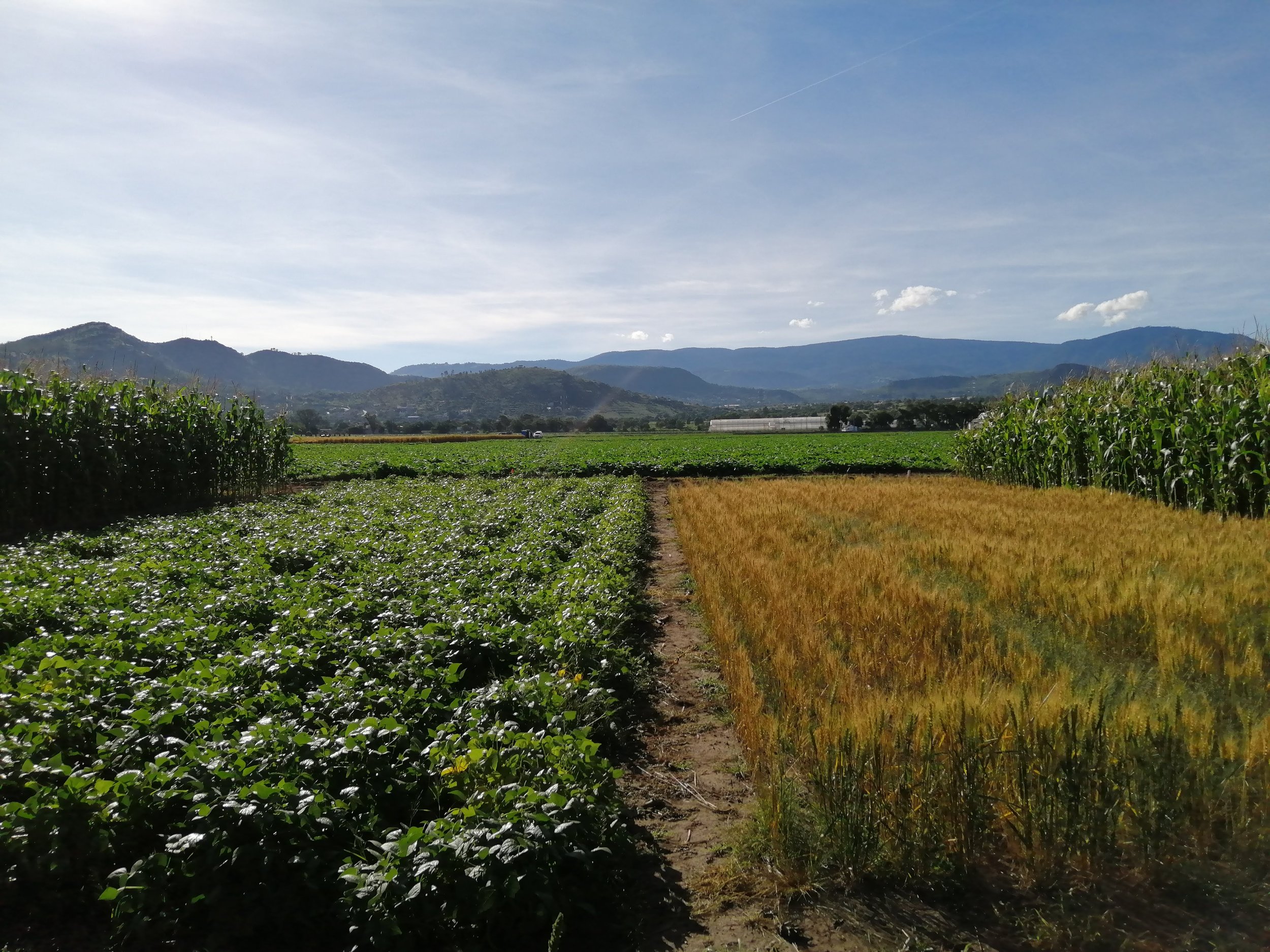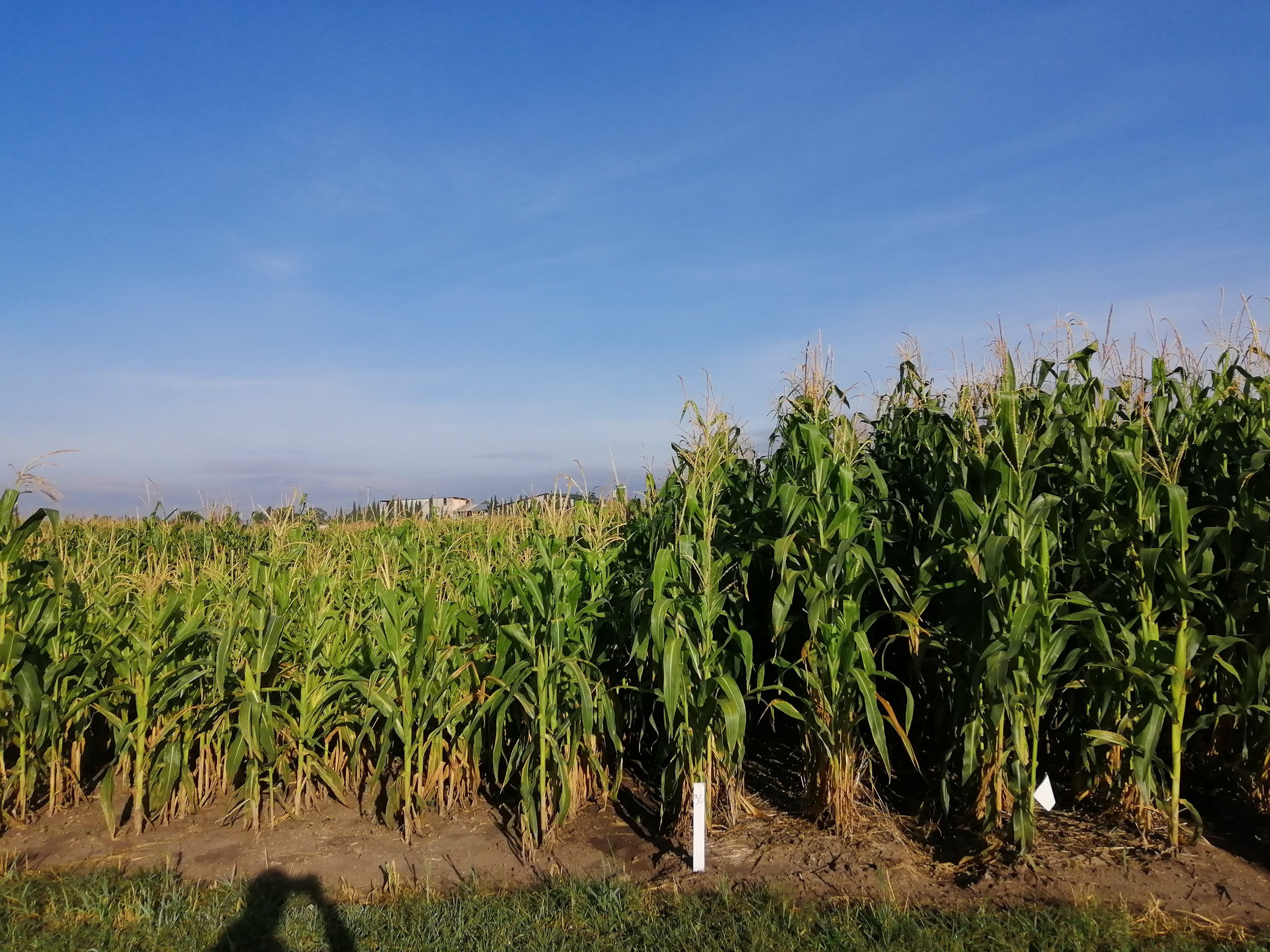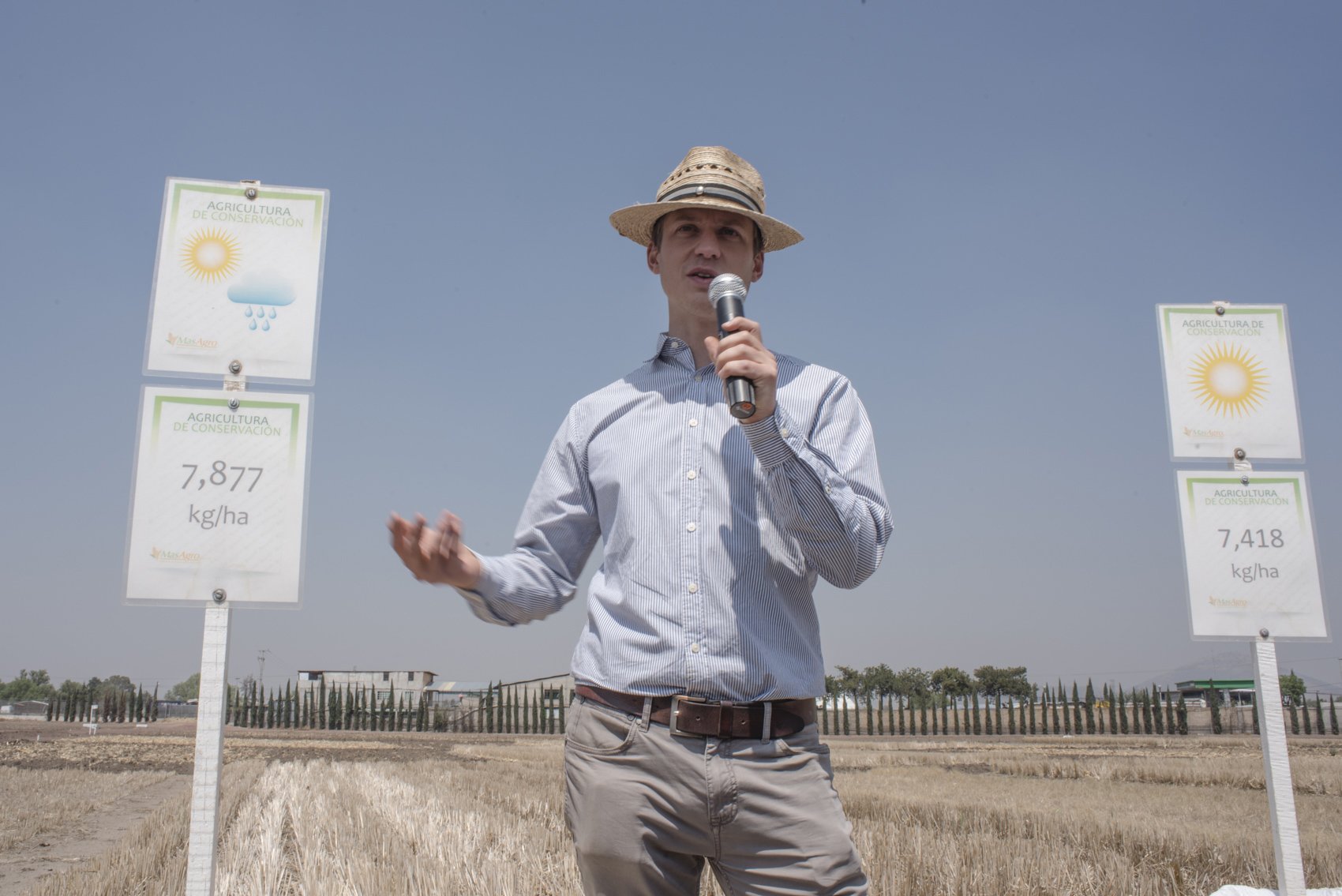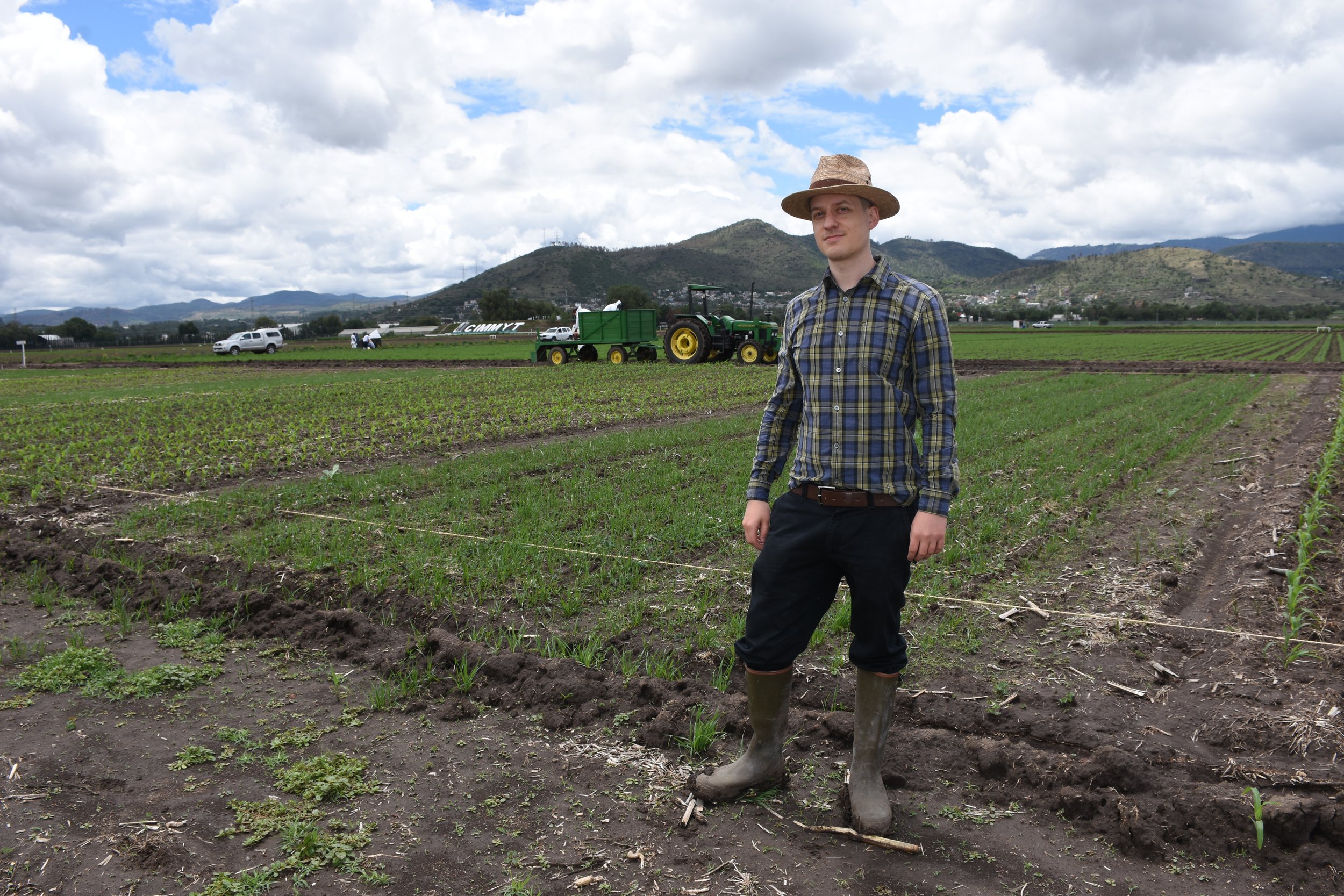D5 Trial
The experiment began in 1991, led by Tony Fisher, and is located in the experiment station of the International Maize and Wheat Improvement Center (CIMMYT) at El Batan, Texcoco, in the state of Mexico in Mexico. The experiment is designed to evaluate the effects of the three components of conservation agriculture (rotation, tillage and soil cover) on maize and wheat yield in the semi-arid, subtropical highlands of Central Mexico. In this region farmers are generally smallholders with maize as the main crop. Soil are often degraded due to erosion and loss of organic matter, as crop residues are generally harvested and used as animal fodder. Rainfall is often erratic and is the main source of
Producer relevance
The experiment represents grain production systems. Most producers in the area would employ the simplest crop rotation (control). The most complex crop rotation represents an aspirational treatment that most farmers in the area would not employ, due to the reduction in rainfed wheat production since the beginning of the experiment.
Expected benefits
Experimental treatments were selected to evaluate the components of conservation agriculture and their interactions.
Local stressors
The expected climate change-related stressors in the area are: delayed onset of the rainy seasons, changes in rainfall patterns, increases in temperature.

Maize in contrasting treatments.

Soybean (left) and wheat (right) plots flanked by maize plots.

Maize in contrasting treatments.

Simon Fonteyne, leading a field day.

Simon Fonteyne, inspecting young wheat and maize post emergence.